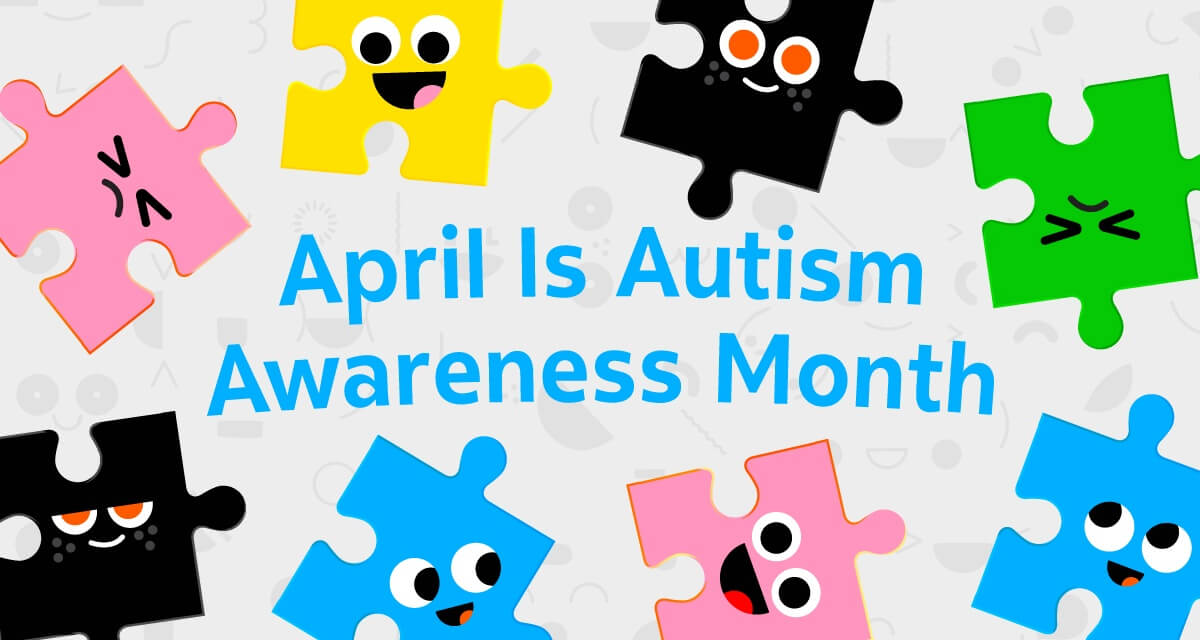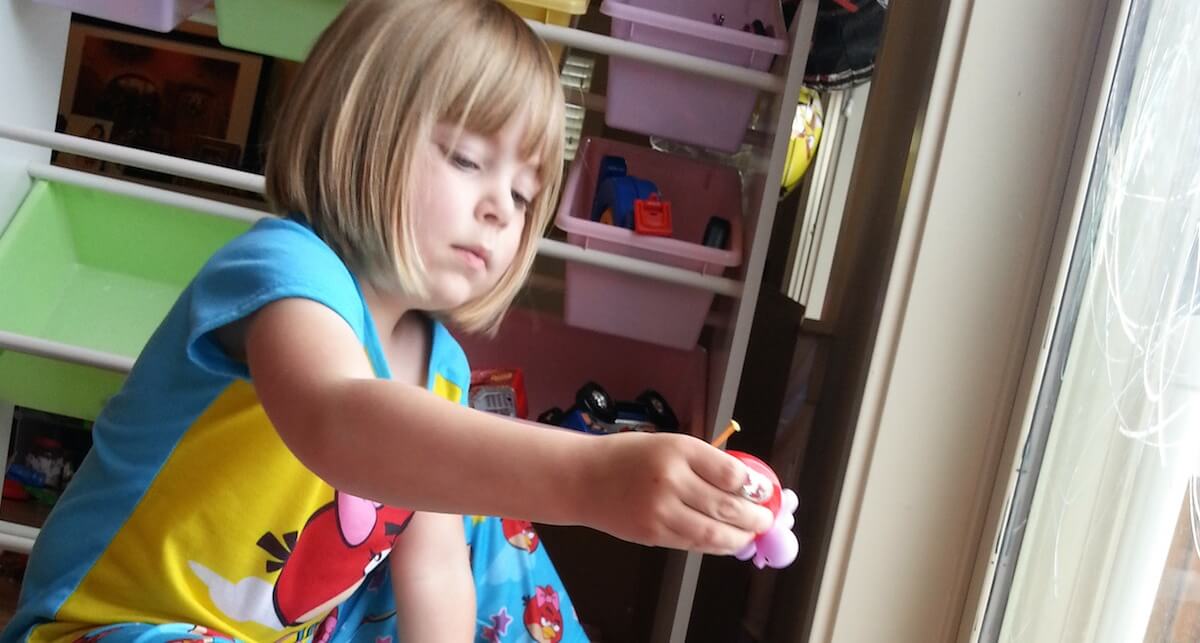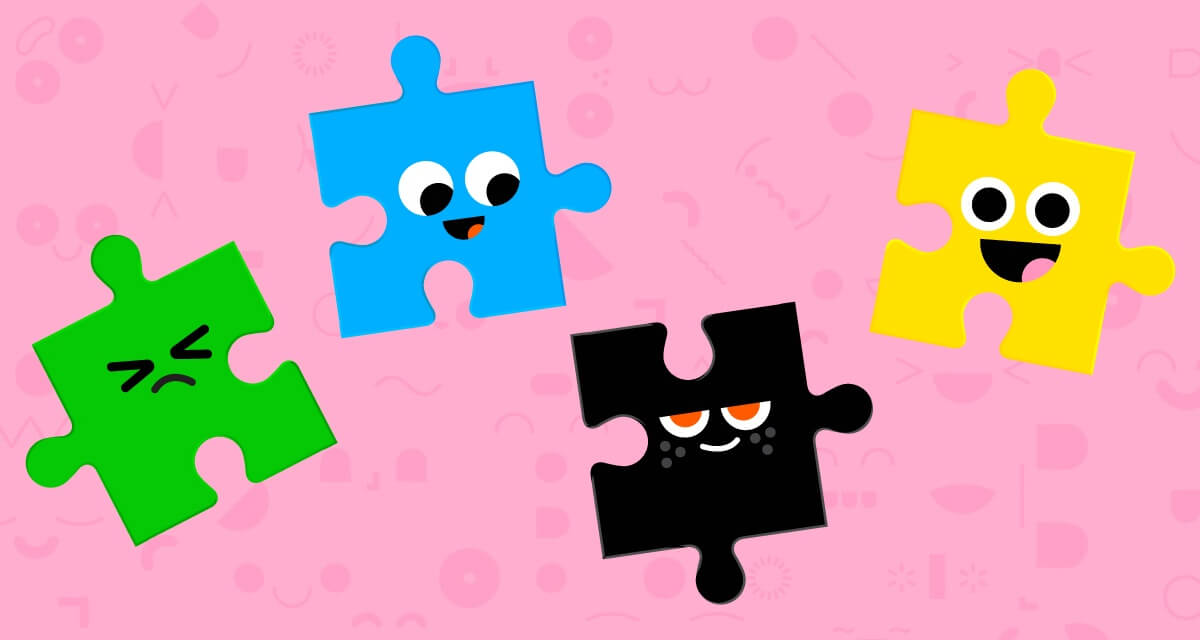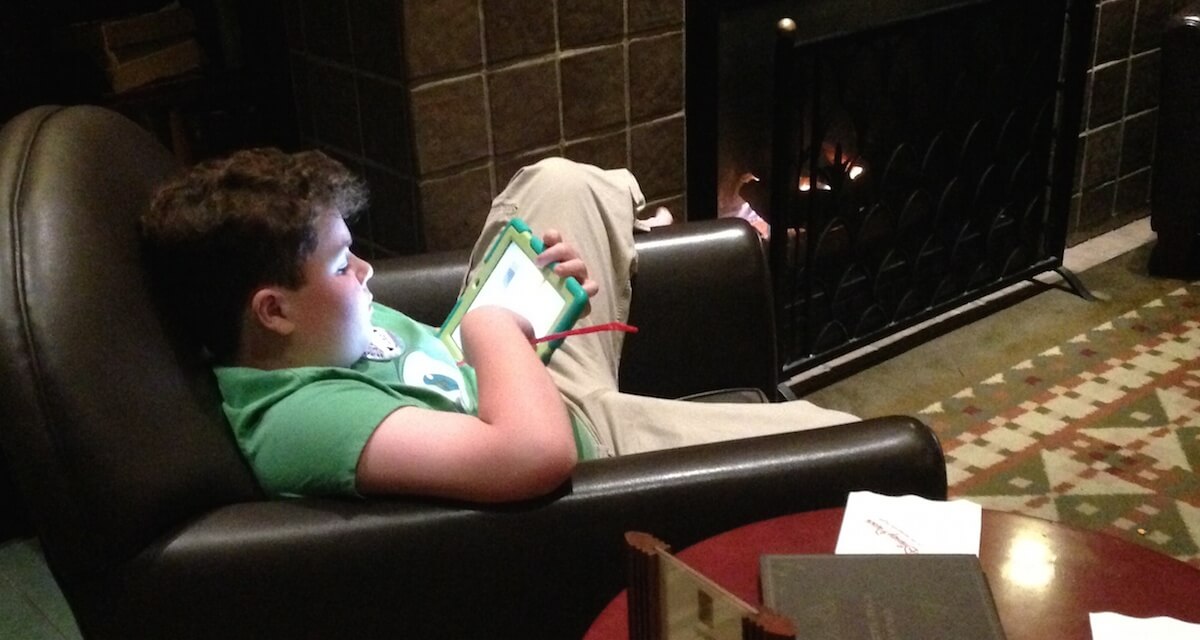We need to see autism in all different shapes, colors, genders and behavior patterns.
- By
- Parker Barry
When my son was first diagnosed with autism spectrum disorder (ASD), I knew next to nothing about it. “So, he’s going to be like ‘Rain Man’?” I asked my husband. At that time, Dustin Hoffman’s performance in the movie Rain Man was my only point of reference for autism. I had visions of my child growing up to become a math savant who insisted on watching Jeopardy every day in a mental institution, just as it was portrayed in the film.
My husband had a different cultural reference. “Do you remember the little boy on St. Elsewhere?” I did not. He showed me a few episodes that he had on DVD that featured the character of Tommy. This character was one of the doctors’ children — a quiet child who played by himself and was prone to tantrums that came out of the blue. That little boy did not seem like Rain Man at all.
We did our research. We read thick books about autism. We spoke to teachers and therapists. We learned that scientists don’t quite understand what causes the developmental disorder, but current thinking is that it is a combination of both genetic and environmental factors. Autistic traits can vary; not all autistic kids share the same characteristics. Most, however, have difficulties with communication and socialization, and they have repetitive, intense interests. But for all the research we did, the popular culture references still gave us the best understanding of what autism looks like.
The cases of ASD have increased in recent years. The Center for Disease Control and Prevention (CDC) puts the number at 1 in 68 children in the United States who are diagnosed with some form of an autism spectrum disorder. Which means that almost everybody knows at least one person diagnosed with ASD. So where are these characters represented in popular culture? They are few and far between. For kids, there are even fewer opportunities to see a character with autism; until recently it has only been represented in adult-related media.
Better representation isn’t just for kids with autism — it’s for everyone
As it turns out, our little boy, now 9 years old, has become a person entirely different from the characters of Rain Man or Tommy from St. Elsewhere. He is an exceptionally good reader, but knows nothing about mathematics. He can speak, but he is not at all conversational. Still, he’s a loud, boisterous boy with a ton of energy, who loves to splash in pools, make snow angels, and play endlessly on his iPad. In fact, when I try to describe my son to others, the best pop culture reference I can come up with is Curious George: He is a good little monkey, but sometimes a little too curious. His preferred communication is a combination of one-word phrases and gestures mixed with squeals of joy. But Curious George is a monkey, and not a boy.
My son needs representation of autistic children in screen media not just for him to feel more included in the world, but for others to be more accepting of who he is. His twin sister, who is not autistic, is often embarrassed by his quirky behaviors. She has a difficult time explaining her brother to her friends. More autistic characters in pop culture would not just help my son, but it would help my daughter navigate this world. If her friends were more familiar with developmental disorders, they would know how to accept his funny noises and behaviors.
Enter Sesame Street’s Julia

© 2017 Sesame Workshop. All Rights Reserved. Photo Credit: Zach Hyman
This is why I was overjoyed to see Sesame Street introduce Julia, an autistic muppet, last month. In the new episodes and short segments, Julia is seen playing with Sesame Street’s most popular muppets, Elmo and Abby Cadabby. (This alone is big! Elmo is a big Influencer in the toddler world.) Julia is introduced as a child who might not respond to a greeting or a question. She does not like loud noises (like sirens) and she often flaps her hands — these are both traits that some autistic people have. But she does like to run, jump and play, even if it is with her own rules.
Julia is not exactly like my son, but she does share his diagnosis. It is so hard to represent autism in popular culture, because the “spectrum” is so huge and varied. The writers at Sesame Street understand this challenge, and consulted with a number of different autism organizations to develop their character. I love the fact that the character they chose is a girl, for example, because there are virtually no examples of women with autism in popular culture.
Forget the books, the yearly Autism Awareness Day blue ribbons and puzzle pieces. In my opinion, none of that is as powerful as seeing autistic characters in TV, movies and video games to reduce the stigma of autism. We live in a neurodiverse world, and we need to see autism in all different shapes, colors, genders and behavior patterns. Luckily, there are already some autistic characters in popular culture. The more, the better! A child like my son benefits from seeing reflections of himself and knowing that he is represented in this world. What’s more, the world has a better understanding of my son, and will be more open to including him.
Melissa Morgenlander, Ph.D., is a children’s media curriculum designer and researcher based in Brooklyn, NY. She has a blog about her experiences with autism and technology and media called The iQ Journals. You can learn more about Melissa from her website, or follow her on twitter @covertcoviewer.
Cover photo © 2017 Sesame Workshop. All Rights Reserved. Photo Credit: Zach Hyman





